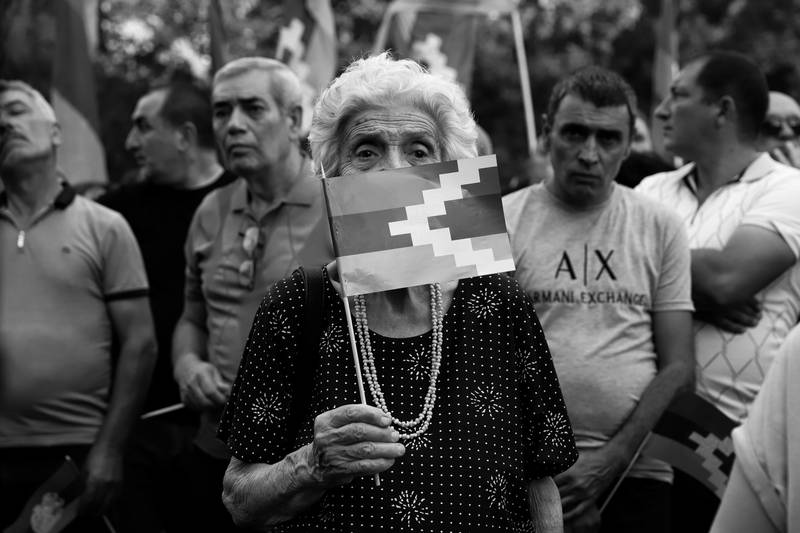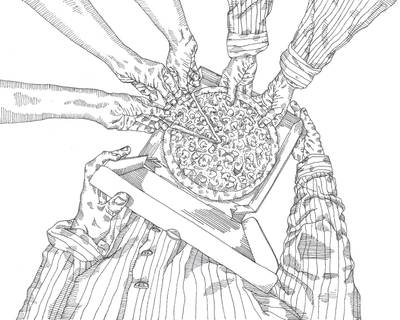

In the dimension of equity-realism, it is necessary to break the trend leading towards a further entrenching of elitism or exclusivity. In a time of profound recession and social inequality, it seems economically and socially urgent that organisations and institutes, those that use their association with the state and those who choose a path less oriented towards national promotion, learn from the actual experimentation on financial models and choose to distribute and support the diverse economic ecologies of grassroots art organisations and independent artists.
READSelling the Nordic Miracle
The Board of Directors of Frame Contemporary Art Finland1, has made an apparently uneventful change to their guidelines: “As a general rule, the grant will be paid to foreign beneficiaries only on presentation of a report on the use of the grant in accordance with the grant guidelines after the implementation of the supported project.” How does this decision align with the current trend of financial cuts underway in the arts sector in Finland, and what does it say about the ever-rising classism, social discrimination, racism, and the exclusion of non-Finnish workers?
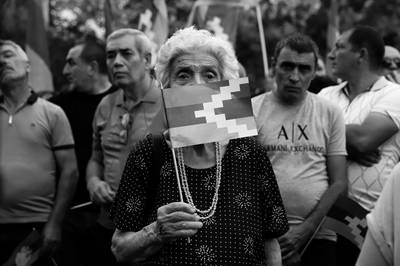

While azerbaijan was bombing Armenians with israeli and turkish UAVs and paying bonuses to turkish-backed Syrian mercenaries for beheading Armenians, the “international community,” whatever that’s supposed to mean at this point, expressed lousy words of “concern,” and displayed a nauseous stance of both-sideism, devoid of any tangible action. The existence of this unrecognised republic and its indigenous population wasn’t legitimate enough for world powers to lift a finger.
READViolent Septembers: An Armenian Perspective Amid the Ongoing Occupation
In the shadow of a devastating ethnic cleansing campaign by azerbaijan1, this essay paints a narrative of Armenians grappling with cultural erasure and ongoing threats.
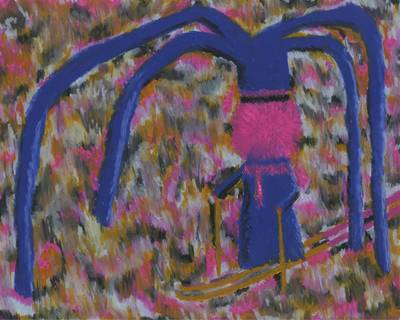

Cultural appropriation is not a new phenomenon in the Sámi context. Sámi handicrafts, duodji, have been and are still the subject of cultural appropriation. One of the central issues of cultural appropriation is that it gives the power to determine and decide on cultural objects to an actor outside the community, which weakens the self-determination of the community to manage the design themselves.
READColonial Continuity in Finland: Cultural Appropriation of Sámi Design
On the exploitation of Sámi design in Finland and how it reflects colonial continuity and power relations.
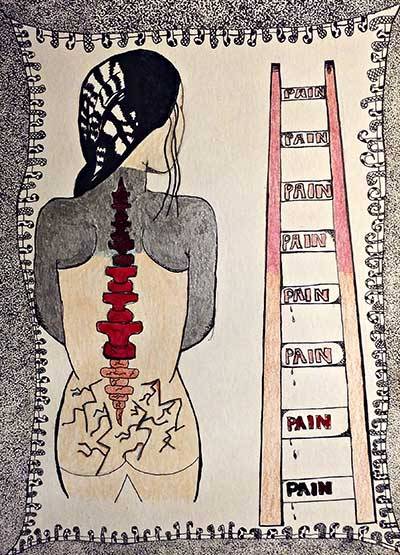

Chronic pain is a notion created within biomedicine that reduces it to a biological process—dismissing the cultural, social, economic, political, and technological relations that shape it. As might be expected, this standpoint has not proven fruitful for its bearers or society at large. Bear in mind that chronic pain differs from a general understanding of pain because it is not merely a physical experience but has an all-encompassing sensory and emotional effect, as well as long-term transformations in the intellectual and agential capacities of the ones that bear it.
READBearing Chronic Pain: What Can Art Offer?
Through the generationally and formally distinct artworks of Frida Kahlo and Eugene Lee, this paper explores the potential of artistic expressions in revising deeper cognitive aspects of chronic pain to challenge, diagnose and comprehend chronic pain.
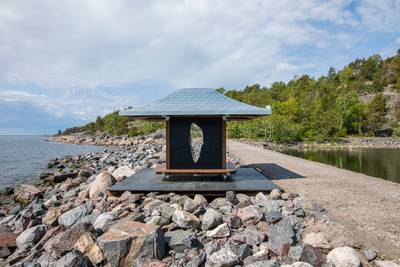

This text focuses on topics related to HB23’s thematic questions and experiments mediated by curator Joasia Krysa in the biennial and her partly experimental approach with curatorial collaborators. These are questions about how the mediation of art is inextricably linked with the possibility of political and environmental agency and awareness. They delve into the political and ecological environment of the Baltic Sea, its historical significance as potential material within the context of the Helsinki Biennial, and the kinds of geopolitical and historical questions that biennials might confront in the Baltic Sea area.
READBiennial in the Baltic Sea Region: Groans, Wishes, and Art Jargon
Is the success or failure of the HB23 biennial more appropriately judged by criteria such as the quality, quantity, and international relevance of the showcased works, or should the focus be on whether the biennial effectively addressed the specificity of its site or geopolitical location?
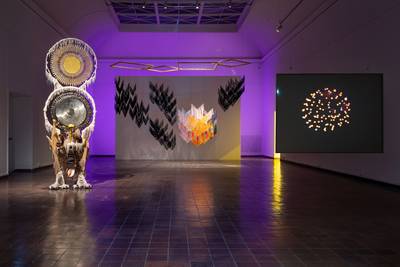

READ
Whose Dreams, Whose Futures?: A Review of GIBCA 2023
A mash of queer utopias, spacious installations, and celebratory poetics, the 12th edition of the Gothenburg International Biennial for contemporary art presents a site for speculation.
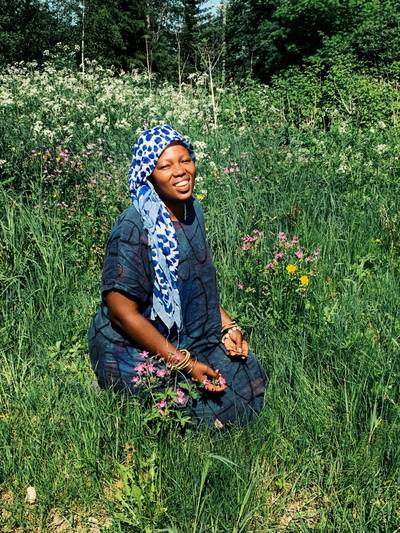

READ
Between Mud, Matter and Mother: A Conversation with Dineo Seshee Bopape
In a conversation with Lotta Petronella, Dineo Seshee Bopape explores the meeting point of ancient and future, highlighting the connection between mud, matter, and motherhood—a reminder to recharge, resist, and dream.
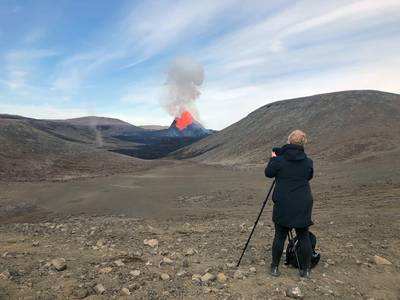

I see returning themes, such as the fragility of our lives, cycles of growth and death, and the destructive and nourishing power of time. I’ve moved from filming organic materials, rotting plants and blooming flowers to more complex matters, such as architectural structures, buildings with historical significance and buried meanings. Even if they seem far apart at first glance, these works circle the same topics: memory, oblivion, change, collapse, and growth.
READTo Carve A Tunnel Through Yourself: A Conversation with Saara Ekström
Artist Saara Ekström talks to Taru Elfving about her longterm enquiries into the intimate connections and irreducible differences between bodies, temporalities and cycles of change.
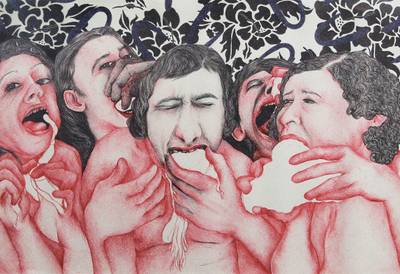

READPlease don’t talk physics to me. The people are tired and money is made off emotion. Another day, day, day, then a sliver of time.Swiss Cheese
A poem by Yanita Georgieva.
